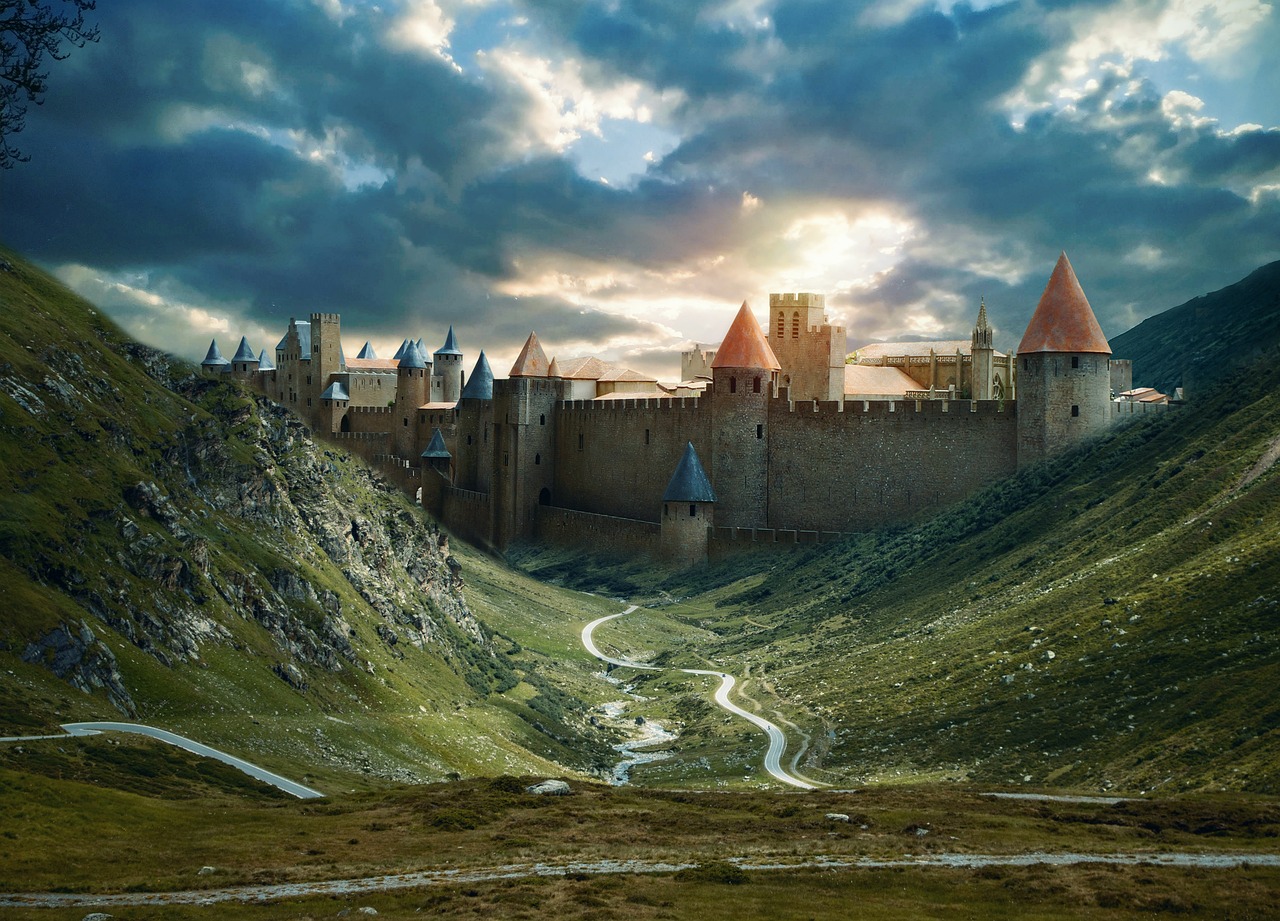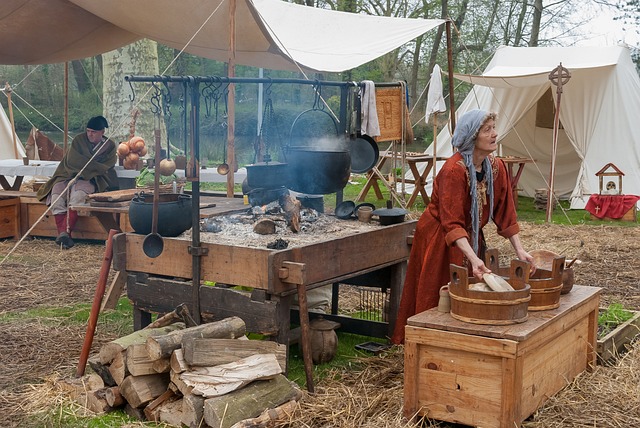
The harsh winters of the Middle Ages tested the resilience and ingenuity of people far more than modern winters challenge us today. Without central heating, insulated clothing, or snow boots, they found creative ways to endure frigid temperatures.
A Chilling Past
To imagine how people coped with brutal winters, we rely on detailed historical records, ice core samples, and tree rings, which provide insight into the era’s climate. The Middle Ages were marked by the “Little Ice Age,” a period of global cooling from the 13th to 19th centuries, triggered by massive volcanic eruptions in the 13th century. These eruptions released volcanic ash into the atmosphere, causing temperatures to drop by a few degrees Celsius. This seemingly minor change had a profound impact on agriculture, daily life, and even architecture.
Heating Innovations: From Primitive Ovens to Floor Heating
Fire was the primary heat source across all social classes. Most peasants lived in semi-subterranean homes with primitive clay or stone ovens. Life predominantly took place outdoors, but during harsh weather, these ovens provided vital warmth. Over time, heating evolved, with innovations like “tile stoves,” featuring ceramic inserts to radiate heat, and the ancient Roman-inspired hypocaust system, which circulated warm air beneath floors in palaces and monasteries. Open fireplaces, corner hearths, and stoves served wealthier households, providing heat, light, and cooking capabilities.
Adjusting Homes for Winter in medieval
The Little Ice Age spurred significant deforestation to fuel stoves and fires. Architecture adapted to combat the cold: glass windows became more common, and wood-paneled walls and floors provided better insulation. Even furniture designs reflected the need for warmth—thick curtains, upholstered chairs, and canopy beds helped retain heat.
Staying Warm at Night
Nights were especially cold, prompting the wealthy to use pre-heated bricks or water bottles in their beds. Thick, layered clothing was essential, and bed canopies made of dense fabric helped trap heat. The iconic nightcap became a popular accessory for men during this time, offering an extra layer of warmth.
In castle dormitories, communal sleeping arrangements were common for warmth. Nobles and courtiers often slept together in groups of six or seven, relying on shared body heat to stave off the cold.
Clothing and Diet Adaptations
Winter wardrobes evolved, particularly among the nobility. They wore heavy wool and fur-lined garments, including stiff fur collars, warm hats, and gloves. Nobles also embraced hunting, wearing animal skins for warmth.

Diet played a significant role in combating the cold. Medieval people understood that rich, fatty foods could warm the body from the inside. Royal and noble households favored hearty meals, high in fats and nutrients, to sustain themselves through the cold season.
A Testament to Resilience
Despite the lack of modern conveniences, medieval people demonstrated remarkable resourcefulness in adapting to harsh winters. Through heating innovations, layered clothing, and changes to architecture and diet, they found ways to endure and thrive during one of history’s coldest periods.
Thursday: 2024 Summer Sandal Trends You’ll Love
Summer is just around the corner, and that means it’s time to dust off your favorite sandals a…
Week 2: Building on the Foundation and Embracing the Journey
Last week, we laid the groundwork for success Week 1: Laying the Foundation for Success. We set goal…
Week 1: The Crucial First Steps to Achieving Your Goals
Starting something new is exciting, but it can also be overwhelming. Week one sets the tone for the …
Monday: What’s In My Travel Beauty Bag?
Travel days can be hectic, but looking and feeling your best shouldn’t be a casualty of a tigh…
Thursday: How to Set Achievable Goals for the Rest of the Year
It’s Thursday, and while the week is winding down, it’s the perfect time to look ahead a…
Thursday: Interview with an Inspiring Woman Entrepreneur
This week, we’re thrilled to feature an inspiring woman entrepreneur who’s breaking barr…
Vanguard 1: Earth’s Oldest Artificial Satellite May Soon Return to Earth






